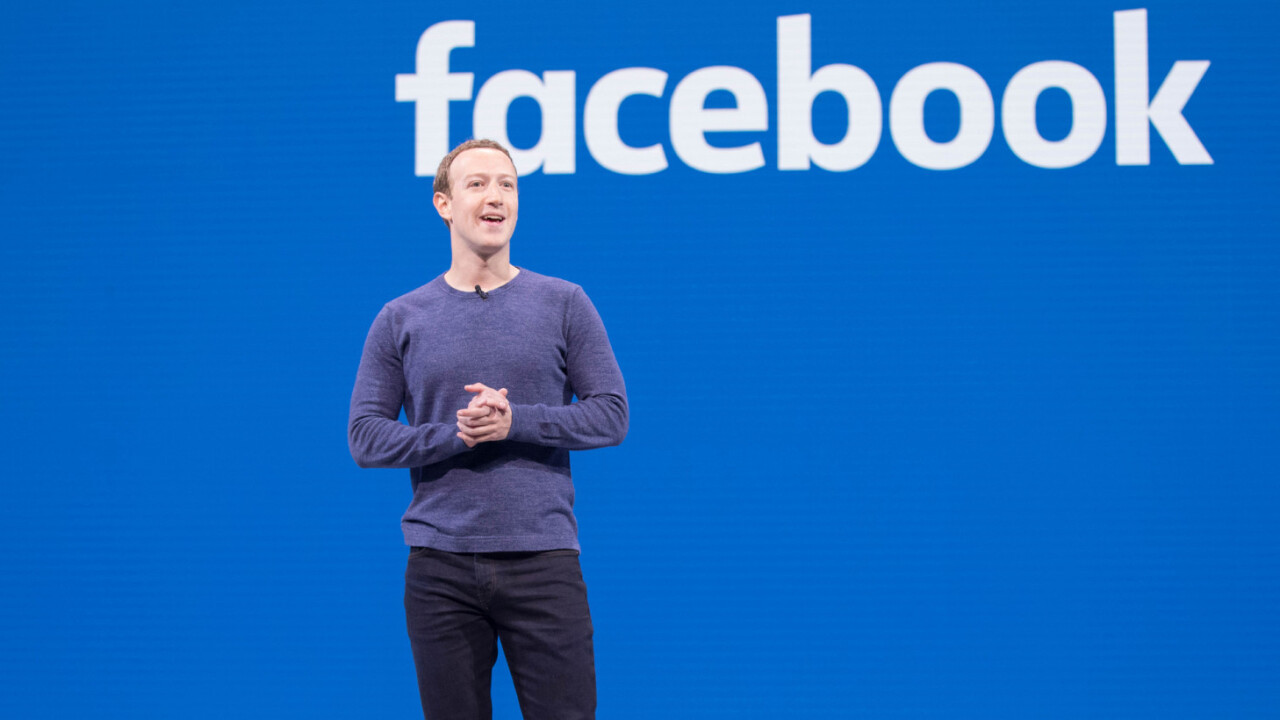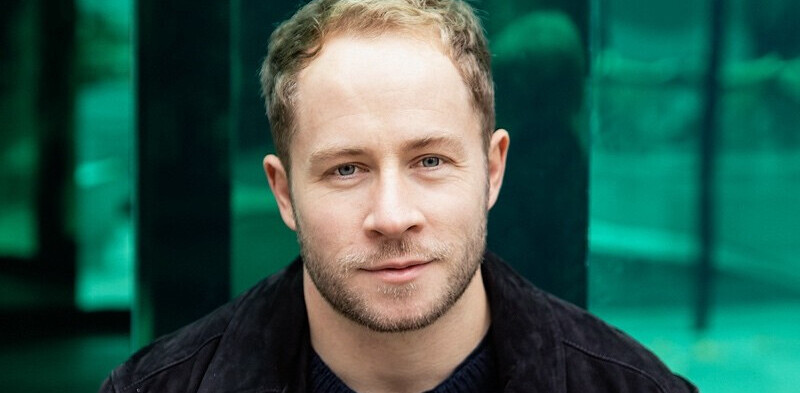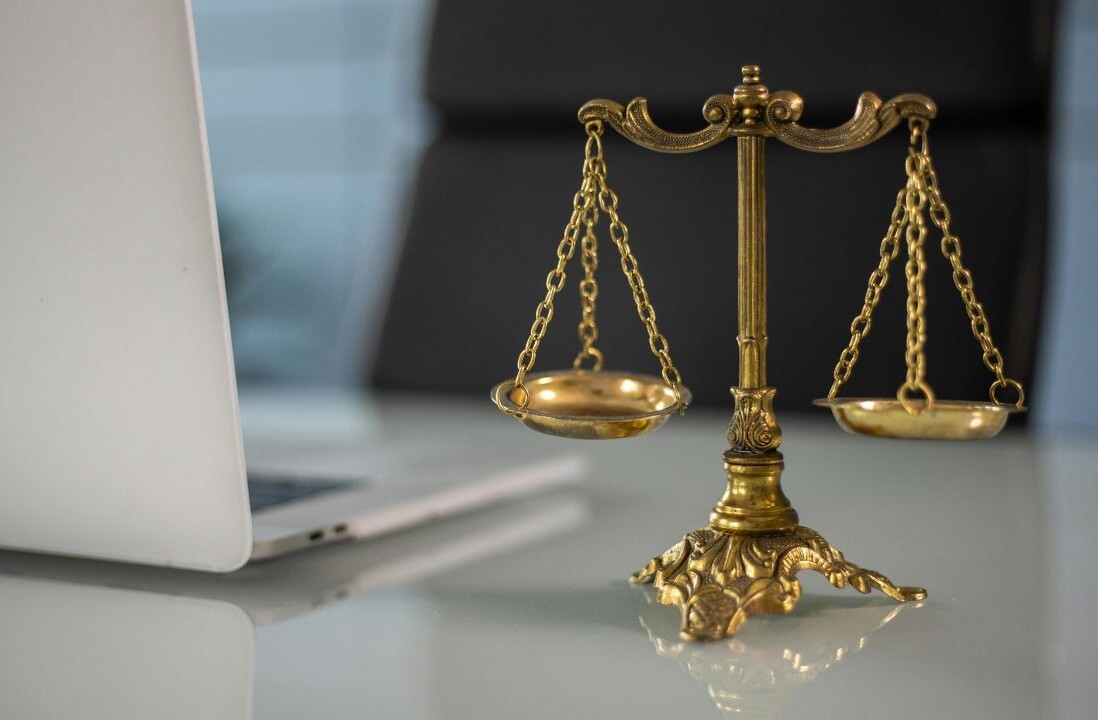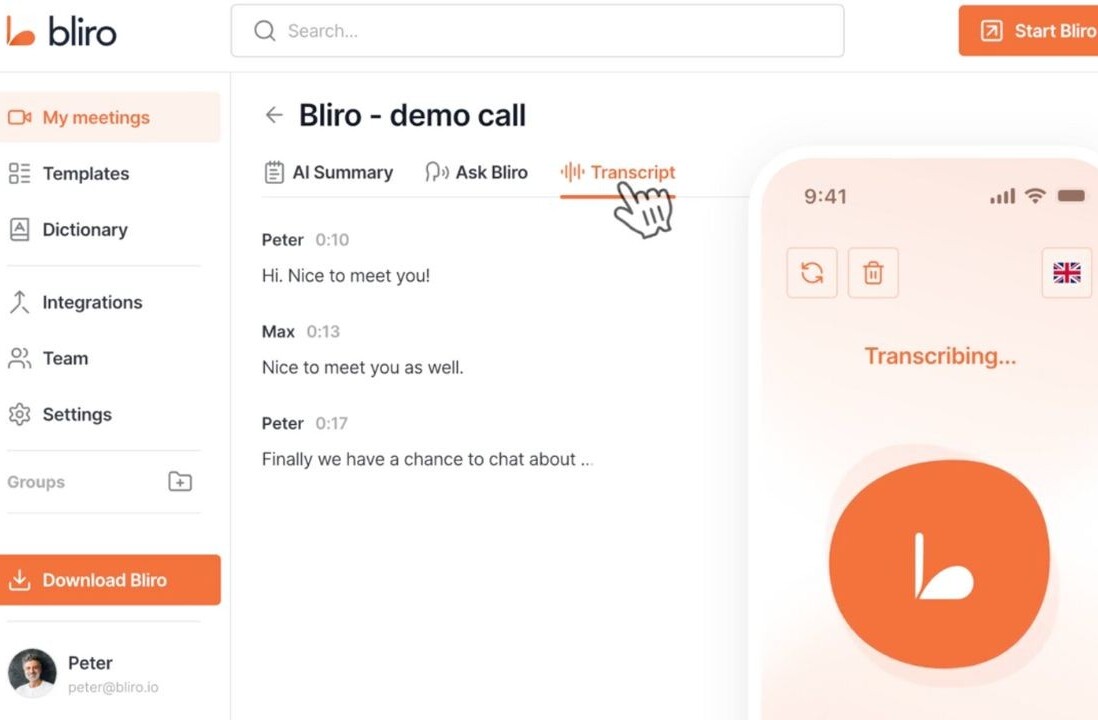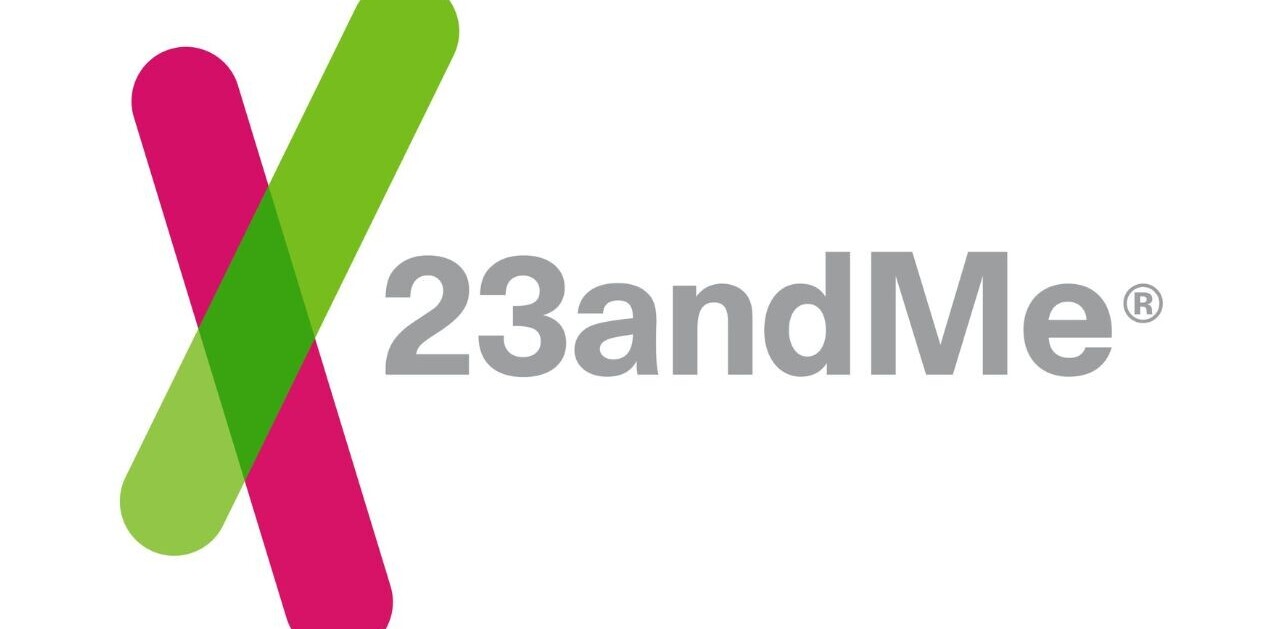Until today, Facebook has given you three options for creating a user group: Open, closed, or ‘secret.’ While the first is pretty obvious, the other two were occasional sources of confusion – an admin might set a group to ‘closed’ without realizing it was still searchable, for instance.
Instead there are now just two main types of groups: Public and Private. Public groups can be joined by anyone and are searchable by anyone. Private groups require permission to access. Whether such groups can be found through a search is now controlled through a ‘visibility’ setting.
In effect, you can have the same kind of access settings as before, but the change should provide users with more clarity about who can read their posts:
By default, a group that was formerly “secret” will now be “private” and “hidden.” A group that was formerly “closed” will now be “private” and “visible.” Groups that are “public” will remain “public” and “visible.” Admins can find the new controls in their Group Settings. Just as it is today, there are restrictions to if and when an admin can change the privacy setting of a group. Group members are always notified when an admin updates the group’s privacy setting.
Facebook also provided an update on how it uses AI to detect content that violates community guidelines – sometimes before anyone has even seen it. More specifically, it clarified how Facebook determines whether an entire group should be taken down – not just a few bad eggs.
One big factor we look at is subject matter: Does the name or description of the group include hate speech or other content that we don’t allow? Another important factor is the action of admins and moderators, since they set the tone for the group. In April, we updated our policy to look more closely at admin and moderator behavior. If group leaders often break our rules, or if they commonly approve posts from other members who break our rules, those are clear strikes against the overall group. And if a group member repeatedly violates our standards, we’ll start requiring admins to review their posts before anyone else can see them. Then if an admin approves a post that breaks our rules, it will count against the whole group. These, combined with a number of other factors, help us determine whether the group should be taken down. If the group doesn’t cross this line, it will stay up, but we’ll continue to remove individual posts that go against our Community Standards.
Facebook has fielded it’s fair share of controversy over offensive private groups. In one recent case, a group intended for Customs and Border Patrol agents displayed an alarming deluge of hateful or disturbing comments about immigrants and asylum seekers. Providing more transparent group settings and enforcement of community guidelines can hopefully prevent more such groups from making their mark.
Get the TNW newsletter
Get the most important tech news in your inbox each week.
